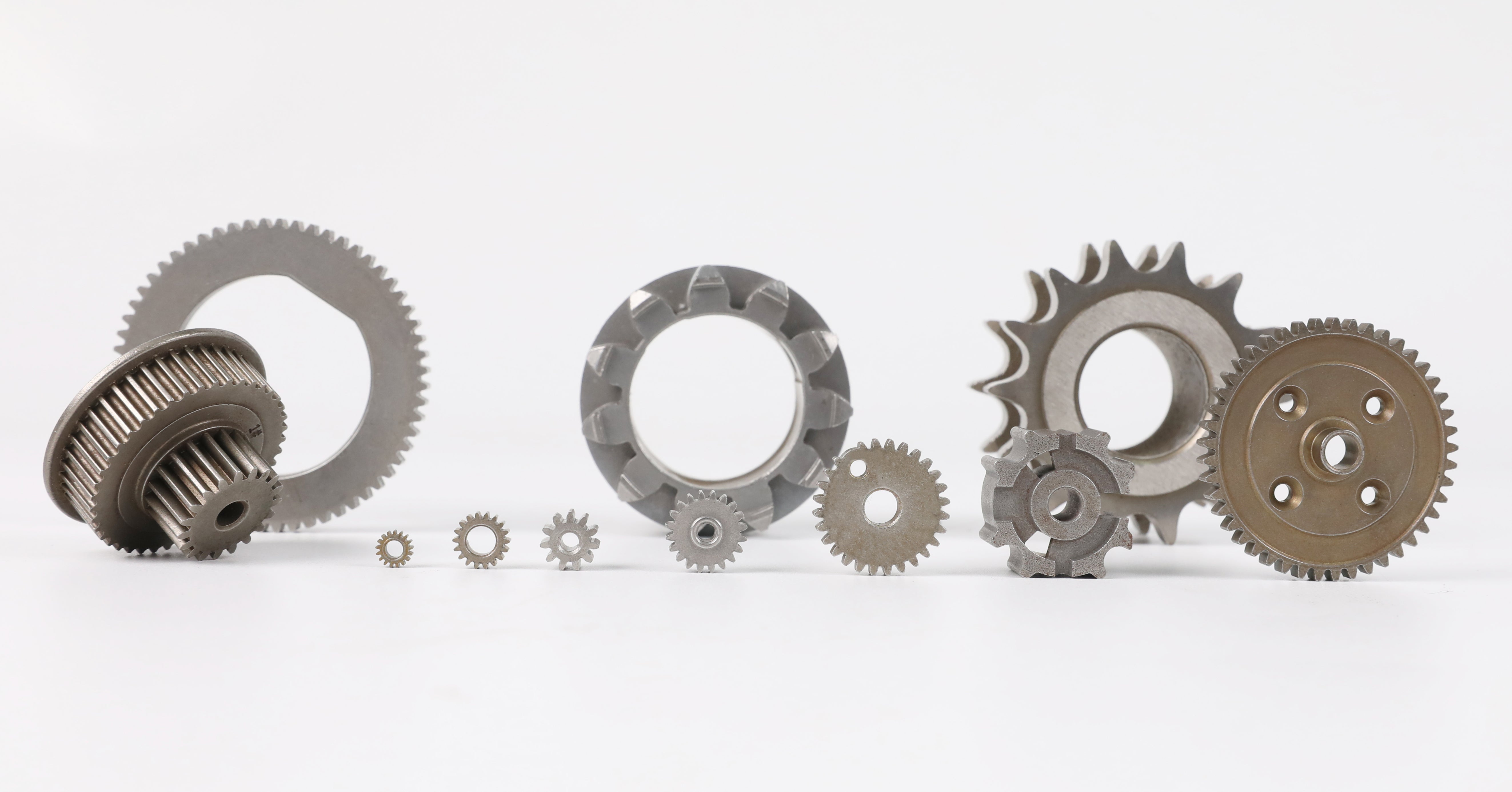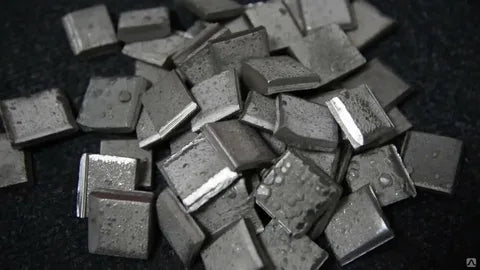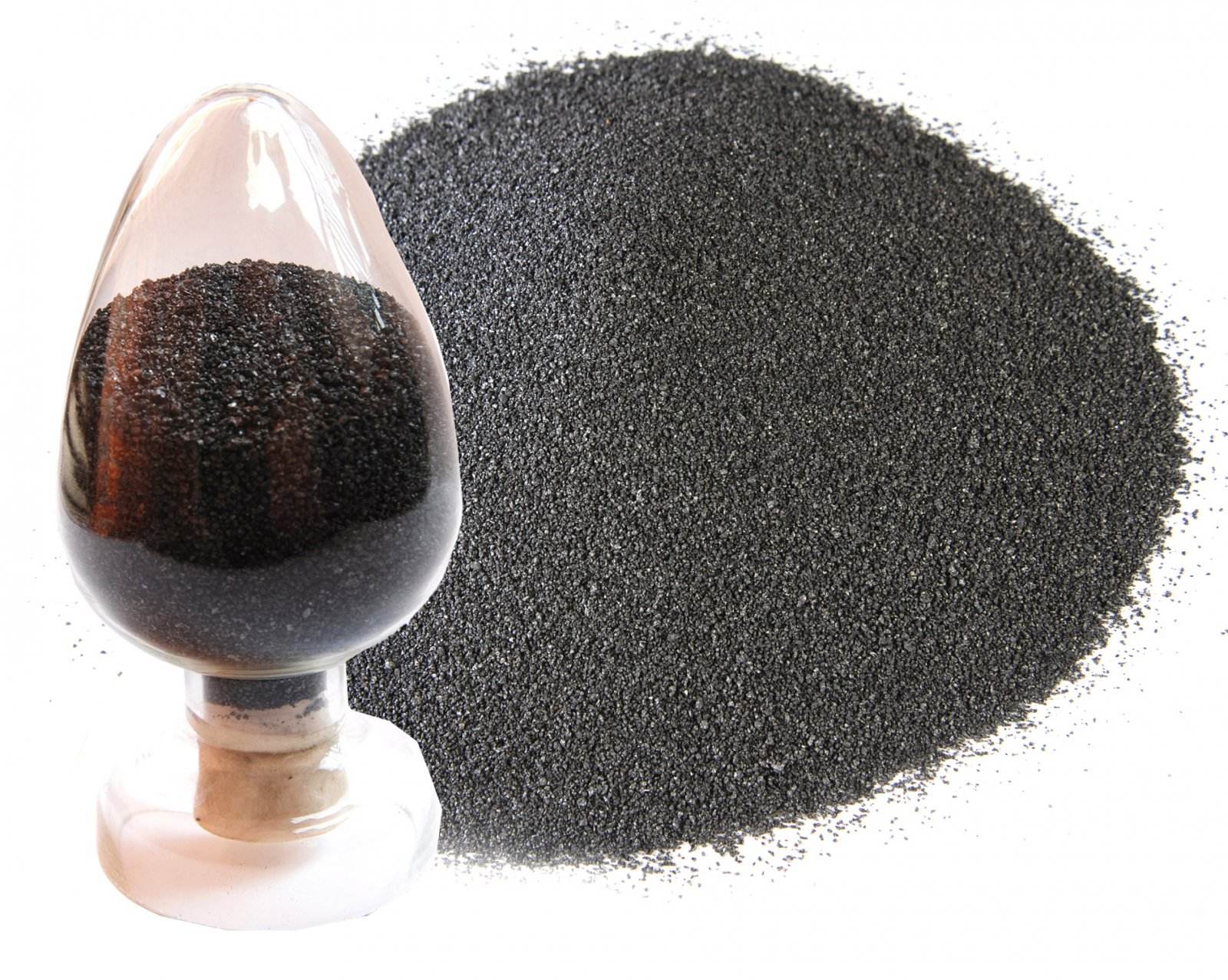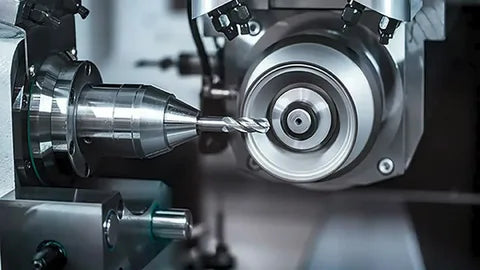Tungsten alloy is an alloy composed of tungsten as the base and other elements. Among metals, tungsten has the highest melting point, high temperature strength and creep resistance, as well as good thermal conductivity, electrical conductivity and electron emission properties, and a large specific gravity. In addition to being used in large quantities to make hard alloys and as alloy additives, tungsten and its alloys are widely used in the electronics and electric light source industries, and are also used in aerospace, casting, weapons and other departments to make rocket nozzles, die-casting molds, armor-piercing projectile cores, contacts, heating elements and heat shields.

As a high-density, high-melting-point and wear-resistant material, tungsten alloy plays a key role in many high-tech applications. From high-end laser equipment to aerospace technology, the application of tungsten alloys has not only improved technical performance, but also promoted the advancement of science and technology.
This article will discuss in detail the various applications of tungsten alloys in the field of science and technology and the innovative advantages they bring.

1. Laser technology
In the field of laser technology, tungsten alloys are widely used to manufacture key components of laser equipment due to their excellent thermal conductivity and high melting point.
Laser target material: In high-energy laser systems, tungsten alloys are often used as targets. Tungsten alloy can withstand extremely high heat loads and high-energy shocks, which makes it excellent in high-power laser applications and can effectively convert laser energy into heat without deformation or damage.
Laser cooling components: The cooling components in the laser system need to have excellent thermal conductivity to maintain the stability and working efficiency of the equipment. The high thermal conductivity of tungsten alloy makes it an ideal material for manufacturing laser cooling components, which can quickly dissipate heat and ensure the stability of laser equipment when operating at high power.
2. Aerospace technology
In the field of aerospace, the high melting point and high temperature resistance of tungsten alloy make it a key material for manufacturing various spacecraft components.
Nozzles and heat shields: Spacecraft experience extremely high temperatures when re-entering the Earth's atmosphere. The high melting point of tungsten alloy makes it an ideal material for nozzles and heat shields. These components need to maintain structural integrity in extreme thermal environments to protect the internal systems of the spacecraft from high temperature damage.
Heat shielding materials: Tungsten alloy is also used to manufacture heat shielding materials for spacecraft to withstand the high temperatures generated during re-entry. Its excellent high temperature resistance ensures that the spacecraft can remain cool when passing through the atmosphere to prevent overheating from damaging the equipment.
3. Electronic equipment
Tungsten alloys are widely used in electronic equipment, and their main advantages are reflected in high temperature stability and electrical properties.
Electron tube electrodes: In electron tubes, tungsten alloys are used to make electrodes. The high melting point and excellent electrical conductivity of tungsten alloys enable them to work stably in high temperature environments, ensuring the high efficiency and long-term reliability of electron tubes.
Vacuum system components: In high vacuum environments, tungsten alloys are used to make key components in vacuum systems, such as valves and seals. Its high melting point and corrosion resistance can remain stable under extreme vacuum conditions to ensure the normal operation of the system.
4. Medical technology
Tungsten alloys also have important applications in medical technology, especially in situations where high-density materials are required for precision operation and protection.
Radiotherapy equipment: Tungsten alloys are widely used in radiotherapy equipment due to their excellent radiation resistance. For example, it can be used to make radiation sources and protective barriers to help effectively shield harmful radiation and protect medical staff and patients.
Targets for X-ray equipment: In X-ray equipment, tungsten alloys are often used to make targets. The high density and good thermal conductivity of tungsten alloy ensure high-quality X-ray imaging, while improving the stability and service life of the equipment.
5. High-performance metrology and testing equipment
The high density and hardness of tungsten alloy make it an ideal material for high-performance metrology and testing equipment.
High-precision measuring instruments: In high-precision measuring instruments, tungsten alloy is used to manufacture quality standard blocks and detection devices. Its stable physical properties and high density ensure the accuracy of measurement results and the long-term stability of the instrument.
Detection tools: The wear resistance and high hardness of tungsten alloy make it suitable for manufacturing various detection tools, such as probes and instrument components. These tools need to maintain precise performance under high pressure and high friction conditions, and tungsten alloy can effectively meet these requirements.
From laser technology to spacecraft, electronic equipment and medical technology, the application of tungsten alloy has improved the performance and stability of equipment and promoted technological progress. With the continuous development of science and technology, the application field of tungsten alloy will be further expanded to provide support for more innovations and breakthroughs.













Share:
Custom Ceramic Parts: Precision Solutions for High-Performance Materials
Carbide Refractory Materials - From Synthesis to Finished Products